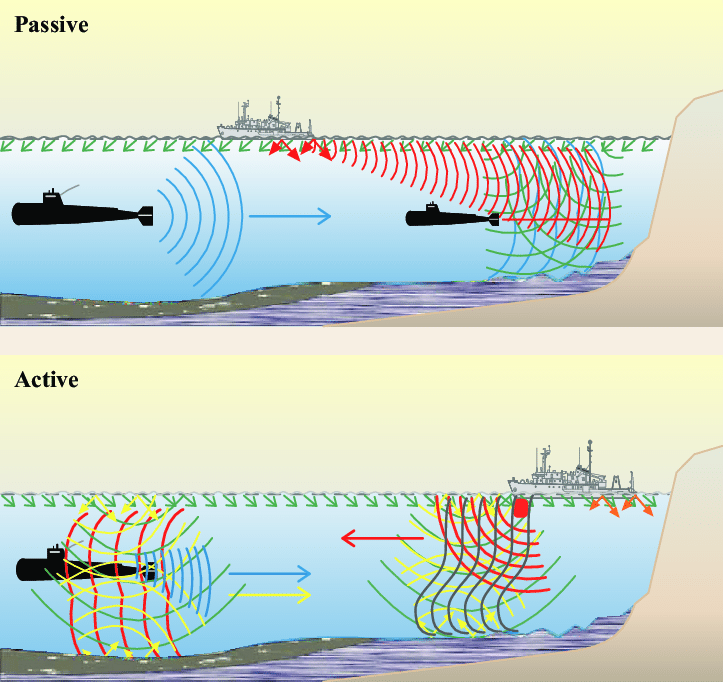How Sound Is Used in Other Industries
Sound is one of the key ways in which we perceive the world around us and, as such, plays an important role in the entertainment industry.
The most obvious use of this is in the music industry and we’ve been recording and replaying sound since Thomas Edison came up with a phonograph recording device using cylindrical tinfoil.
It also only takes listening to one film without the music to realize how much emotional manipulation film scores are capable of, and how barren modern films feel without them.
The use of sound is not restricted entirely to the entertainment sphere, however, and in this article, we’ll be taking a look at how sound it used in other industries, from travel to medicine.
Healthcare
One of the most commonly encountered uses of sound as a diagnostic tool in day to day life is during pregnancy. Ultrasounds are the most common way of looking inside the womb to check on the health of an unborn infant and to allow the parents to see their developing child.
Medical ultrasounds work by using a simple transducer to beam ultrasound waves down into the patient. Those waves then interact with the different tissues in the body, reflecting back off them to a greater or lesser degree. The reflected sound waves are picked up by the same transducer and that data is then converted into an image.
Aviation

Ultrasound is also used in the aviation industry to diagnose mechanical issues through what is called nondestructive testing. In a process very similar to the use of ultrasound in the healthcare industry, a transducer is used to beam ultrasound over parts of a plane.
Tiny cracks that are not visible to the naked eye will reflect back different wavelengths of ultrasound, allowing maintenance crews to check for stress fractures without constantly having to pull the plane apart over and over again.
Aside from maintenance, many companies are now switching away from using QR codes on airline tickets to using Radio-frequency identification (RFID) as it is faster and does not require line of sight.
RFID has found a home is a hugely diverse number of industries, from being used by smart munitions in the military, to tracking cargo as it is shipped around the world, and even to verify that the chips you use at the casino are genuine.
The Military

Sonar is probably the best know use of sound in the military and is still the standard way of mapping topography underwater. Sonar works for submarines in exactly the same way it works for whales. A sound wave is emitted and the amount reflected sound is analyzed to detect nearby objects.
The sonar used by the military is also surprisingly dangerous. The U.S. Navy’s sonar emits 235-decibel sound waves that cause an increase in pressure that can damage your lungs and the soft tissues of your brain.
This has lead to the development of non-lethal sonic weapons for both the military and law enforcement such as the LRAD Sound Cannon which uses high decibel sound to creature intensely painful headaches in humans and can also be used to keep birds away from airports and wind energy generation turbines.
The Dairy Industry
This might come as a surprise, but the dairy industry has been using sound waves to pasteurize their products for years. Pasteurization of products such as milk and fruit-based beverages normally occurs by heating them to over 70 °C.
However, as you can imagine, cooking milk can have an effect on its flavor and color, which is why UHT has a rather unusual taste.
High-intensity ultrasonic pasteurization is a technique that uses focused sound waves to achieve the required levels of microbial inactivation without heating the milk up above 40 °C, which in turn lessens the change in taste and color.
The same technique can be used on fruit juice products to make sure that your fruit smoothie is bacteria free without removing any of it nutritional quality.







